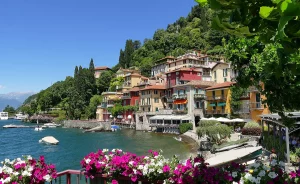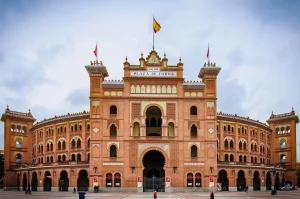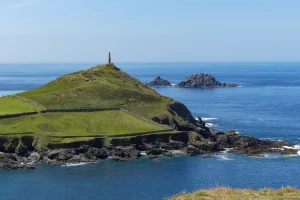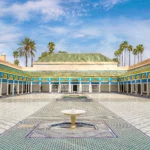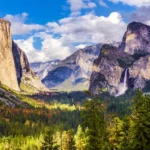Rome is certainly one of the most beautiful cities in the world. Whether you are already familiar with the Italian capital or you dream of discovering it differently, discover our selection of what to do in Rome 10 visits off the beaten track.
1- The Domus Aurea
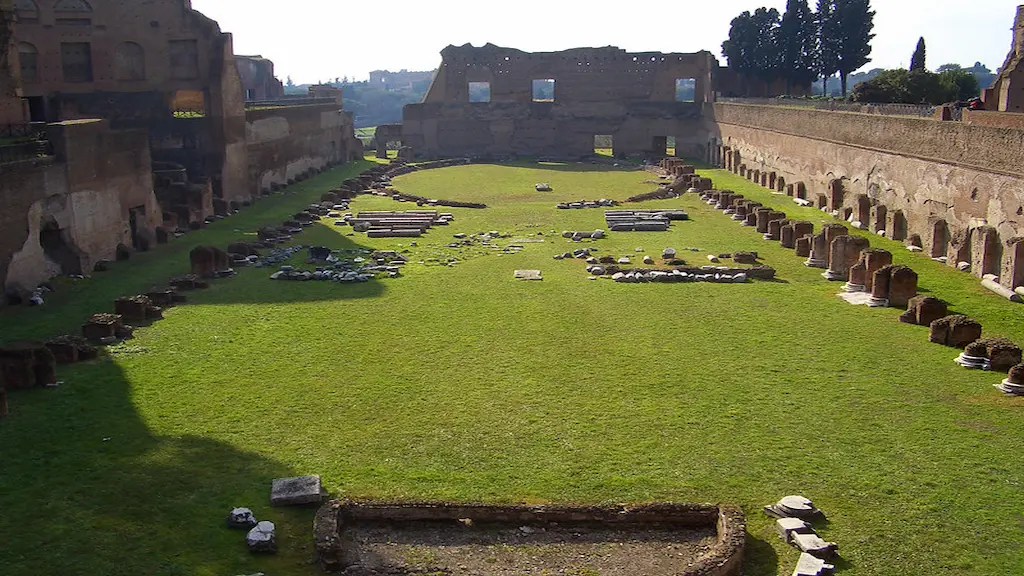
The Domus Aurea was a gigantic imperial palace in ancient Rome. Desired by the emperor Nero in 65 AD, this palace was to be the most luxurious and magnificent palace ever built. It occupied at the time nearly 50 hectares and had several hundred rooms. The Domus Aurea owes its name to its imposing golden dome and the richness of its decoration. After several closures and successive restorations, the complex can only be visited today with a guide. Almost two millennia after its construction, the Domus Aurea has lost none of its power of fascination.
2- Cinecittà Studios
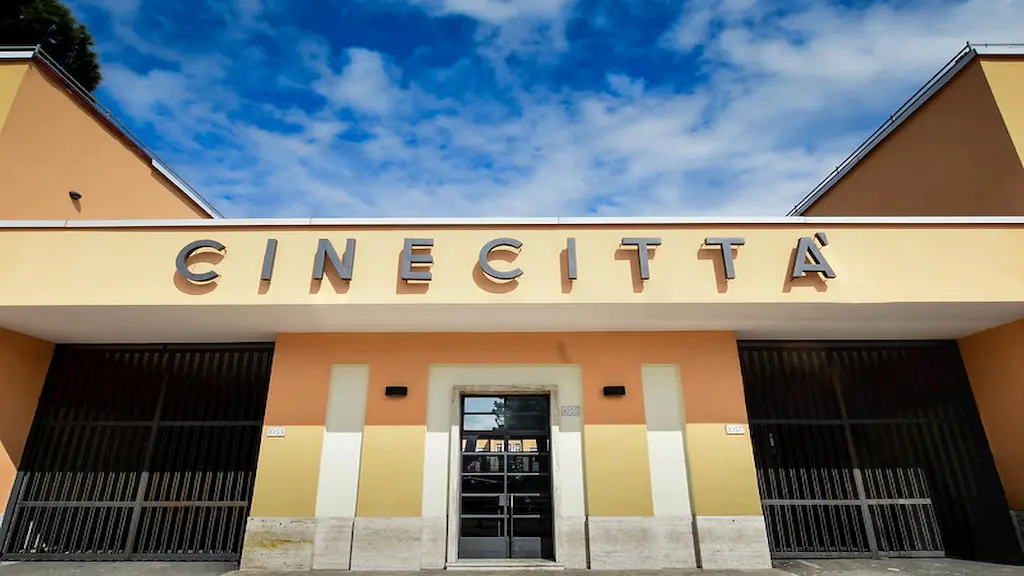
Founded in 1937 and open to the public since 2011, the Italian film studios of Cinecittà are located in the Don Bosco neighborhood. Film buffs from all over the world can immerse themselves in the history of this extraordinary place by discovering costumes, set elements, props but also films and photographs from the period. More than 4000 films were shot at Cinecittà, including Visconti’s The Damned and William Wyler’s Ben-Hur.
3- The cat sanctuary of Torre Argentina
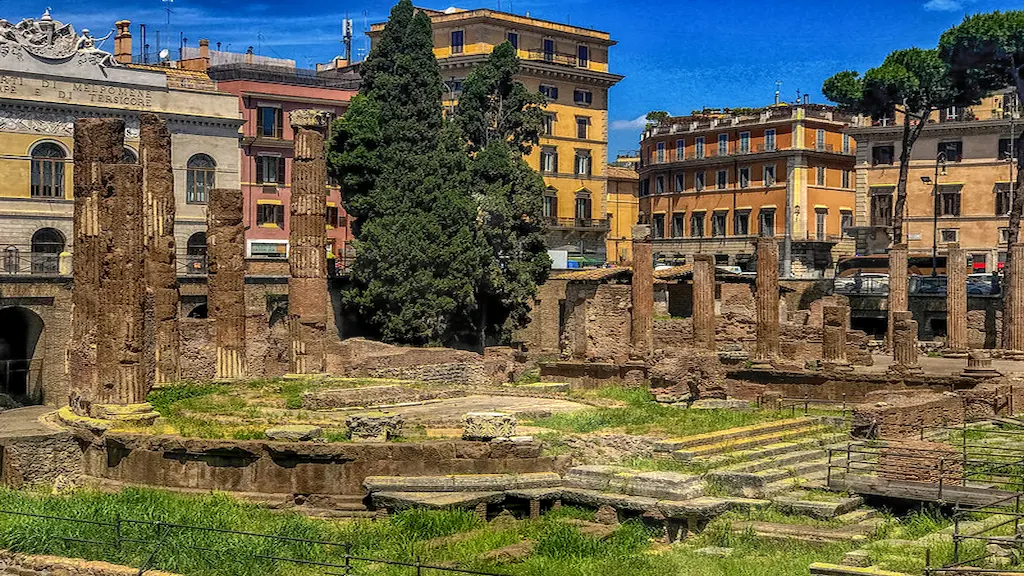
This is a surprise visit that will delight cat lovers. Head to the archeological site of Torre Argentina, in downtown Rome, to discover the largest cat sanctuary in the city. Many felines began to settle here in the 1930s and since the 1980s, a veritable armada of volunteers has been looking after their health and safety. Spanish researchers have discovered that it was precisely in this place that Julius Caesar was murdered!
4- The magic door of Piazza Vittorio Emanuele II
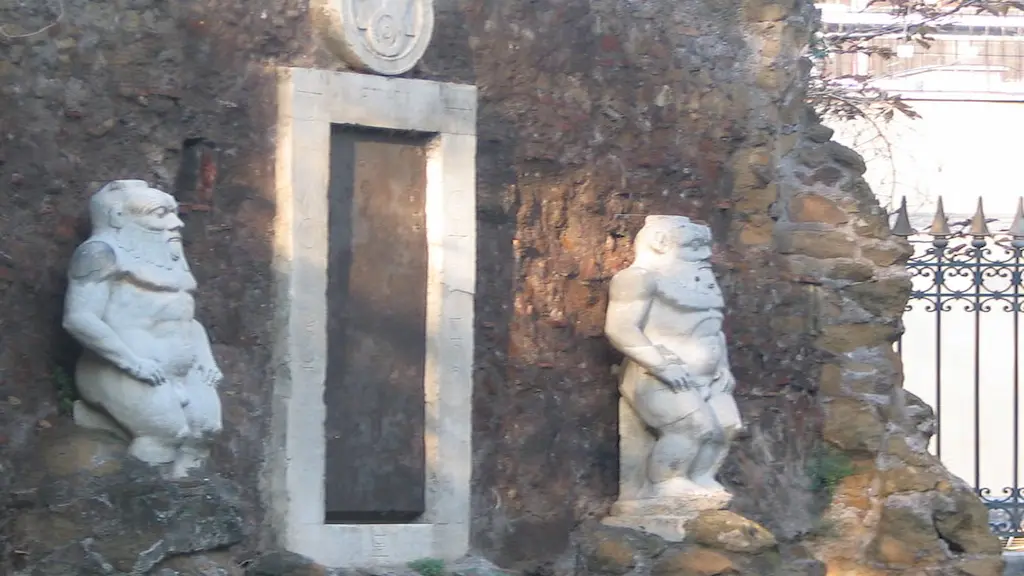
Piazza Vittorio Emanuele II could look like any other square in Rome. But this one has an original particularity, to say the least. It is here that the magic door, or alchemical door, is located. This door inserted in a wall is surrounded by cabalistic signs was originally located in the nearby Villa Palombara, property of the Marquis Massimiliano Palombara, an alchemy enthusiast. At the very beginning of the 19th century, the door was dismantled and installed on the wall of a church in Piazza Vittorio Emanuele, without having revealed all its mysteries.
5- The Appian Way
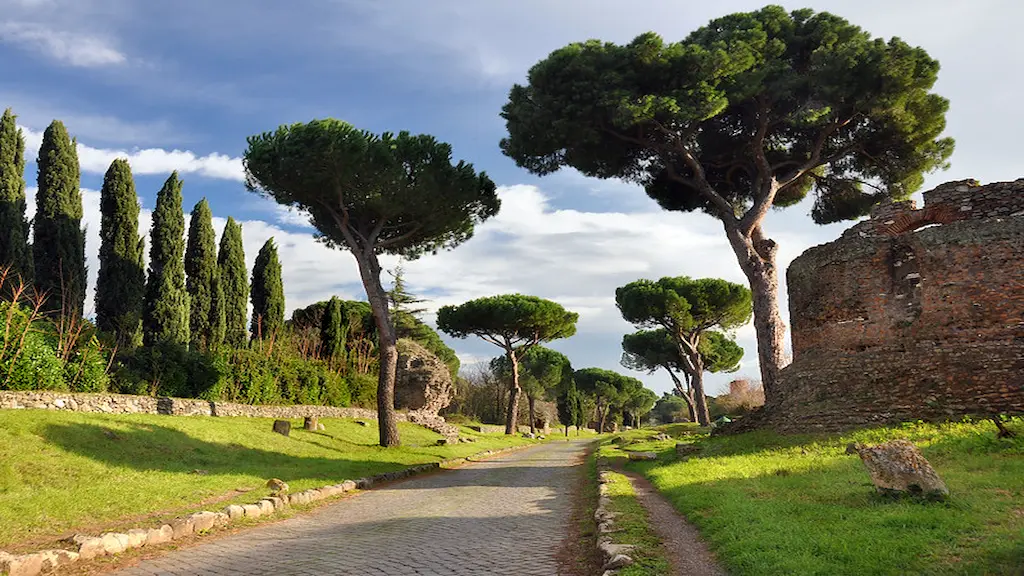
Looking for a timeless walk after an intense day of sightseeing? Then head for the Appian Way, the nearly 500 km long road that linked Rome to southern Italy and was built more than 2300 years ago. Today it offers a pleasant and bucolic setting and the opportunity to get away from the center to discover another facet of the city.
6- The Coppedè district
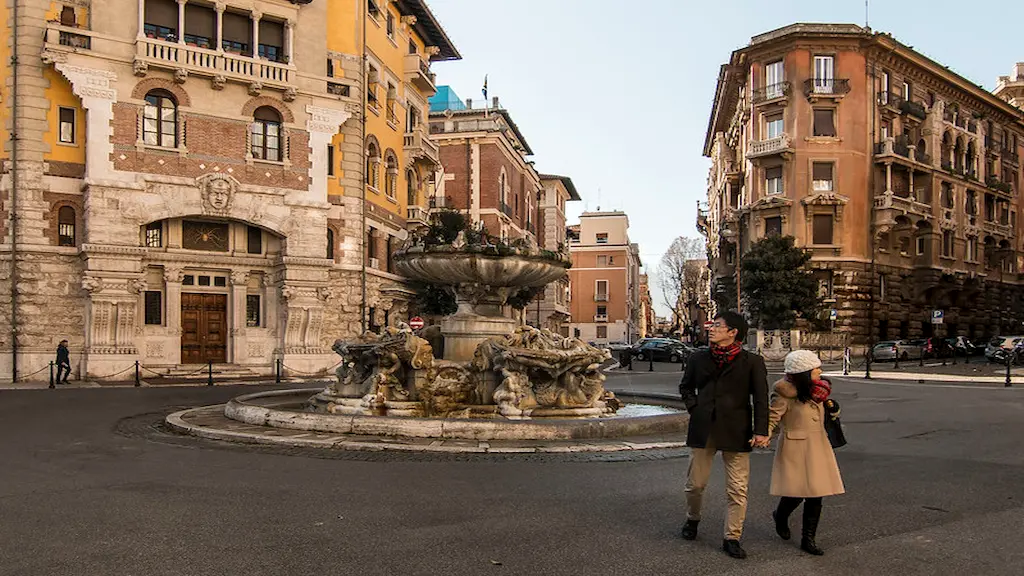
The Italian capital has not finished surprising us. The Coppedè district is not a district but a group of heterogeneous buildings of 26 buildings and 17 villas. It takes its name from its architect, Gino Coppedè, who designed it. The Art Nouveau-style buildings were all built between 1913 and 1926 and are breathtakingly beautiful and strange.
7- Sant’Ignazio di Loyola Church
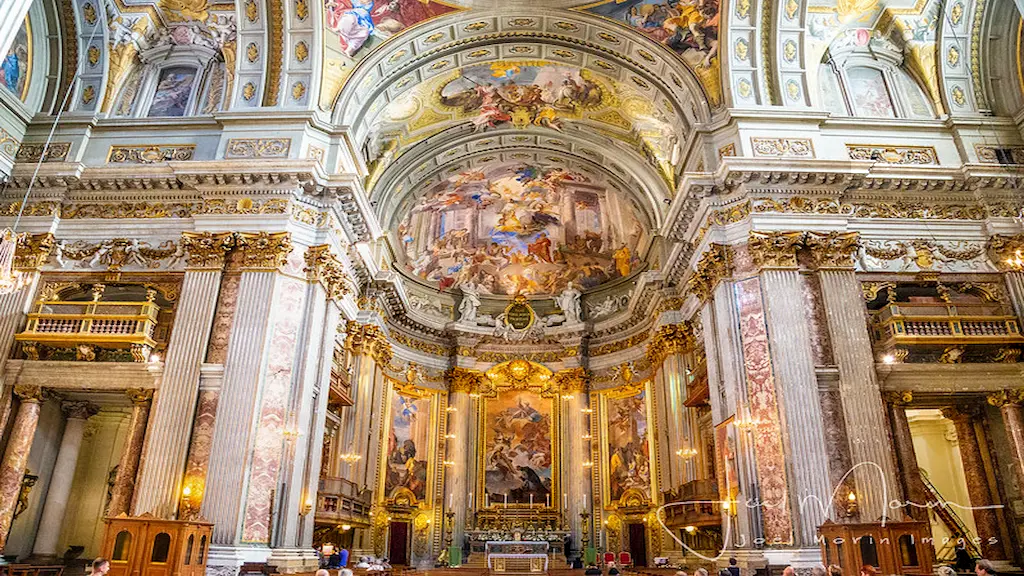
Another church? Yes, but not just any church. The church of Sant’Ignazio di Loyola, located in the square of the same name, is one of the most original and beautiful in Rome. Commissioned by Cardinal Ludovico Ludovisi, its construction began in 1626. The exterior of the building does not let you imagine the splendor that is hidden inside. On the ceiling, a huge fresco in trompe l’oeil of 36 by 16 meters represents Saint Ignatius welcomed by the Virgin Mary and Christ. This work by Andrea Pozzo is fascinating.
8- The Pigneto neighborhood
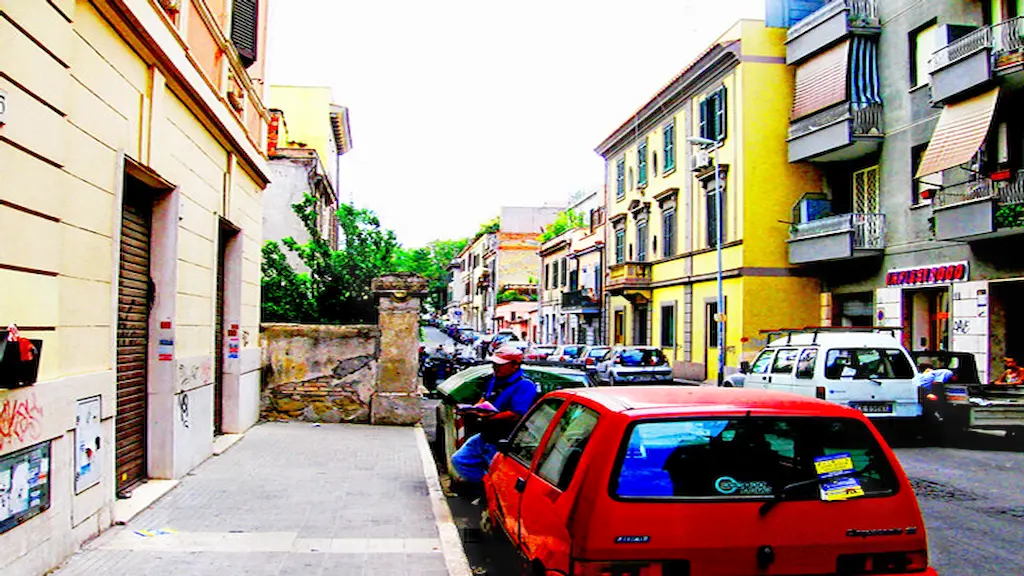
The alternative neighborhoods of San Lorenzo and Pigneto are the symbol of a dynamic, young, and cosmopolitan Rome. If you are tired of old stones and museum visits, let yourself be tempted by a walk in the heart of these lively neighborhoods where you will meet many students and can have a drink on the terrace in small, typical, and less touristy cafés.
9- The Eur district
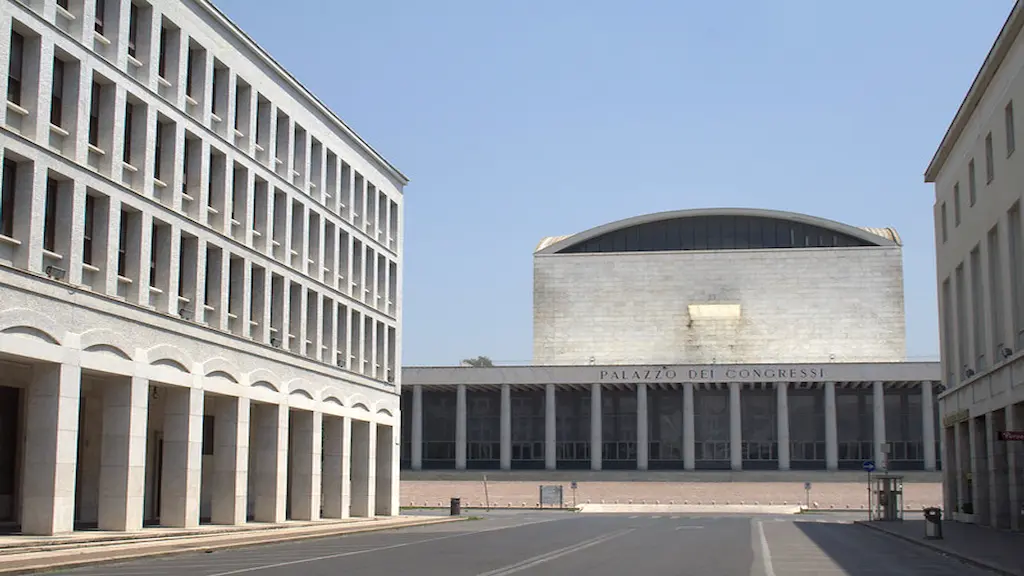
There is ancient Rome, the Rome of the Renaissance, and then there is the Rome of Mussolini and fascism. The Eur district is precisely the face of this regime and Duce’s urban planning project reveals another facet of Rome. The buildings combine austerity and classicism and are a precious testimony of the architecture of the early 20th century in Italy. Very green, the area is worth a visit. Among the buildings not to be missed: the square Colosseum, the Uffizi Palace, the Obelisk of Marconi, and the Congress Palace.
10- Mussolini’s bunkers
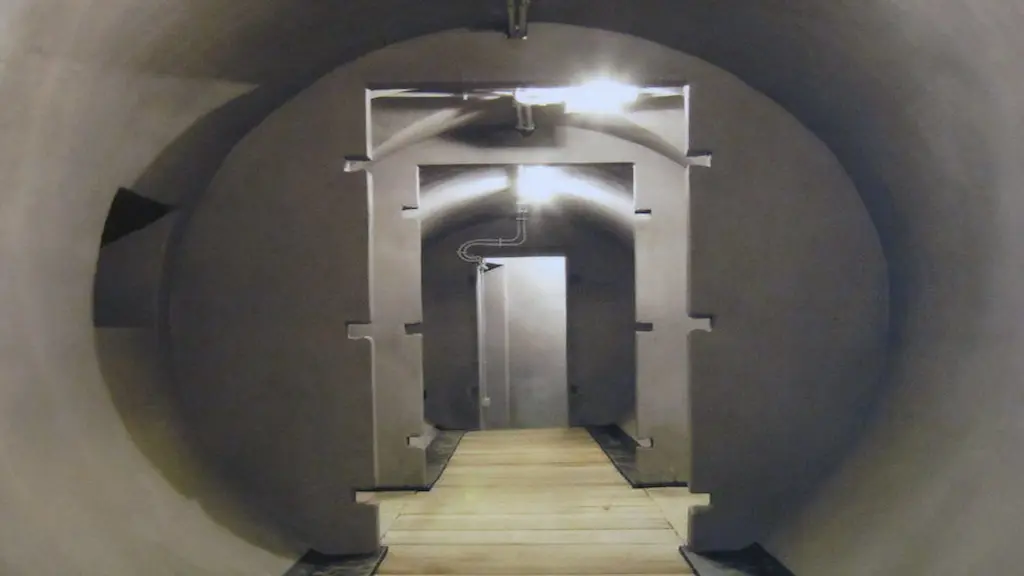
Direction Villa Tortolina to discover the bunkers that Mussolini had built between 1940 and 1943. It is in this vast residence built at the very beginning of the 19th century that Mussolini lived for about twenty years. If the visit is interesting in more than one way, it is especially worthwhile for the impressive bunker with its maze of galleries, its reinforced concrete walls, its heavy metal doors, and its communication equipment. An impressive dive into the past.
Also Read: New Zealand Cities 10 Things To Do In Auckland and Wellington

